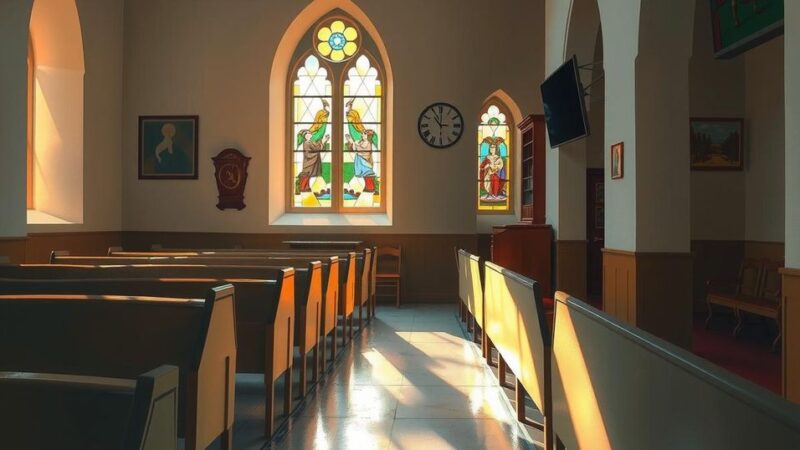The construction of a highway in Peru’s Amazon threatens Indigenous lands, raising concerns about environmental damage, crime, and social conflict. Although some communities favor the project, many demand proper consultation, which has only occurred in one community. Legal experts criticize the government’s division of the project into sections to obscure impacts and expedite approval.
The ongoing construction of a federal highway in Peru’s Amazon poses significant threats to the ancestral lands of Indigenous communities, including the Maijuna, Kichwa, Bora, and Huitoto peoples, according to local organizations and legal experts. These groups have expressed grave concerns that the highway will result in increased crime, invasions of land, and detrimental environmental impacts, while the government has failed to conduct necessary consultations with affected parties.
Although some residents support the project for potential improved access to markets, the majority of communities resist the lack of government engagement regarding their rights in relation to the construction. To date, only one community has been consulted, raising suspicions among others that have been overlooked yet stand to be affected.
Legal experts criticize the government’s tactic of breaking the highway project into four segments, asserting it serves to obscure environmental impacts and expedite approval processes. This move has drawn attention as it allows for the circumvention of thorough environmental assessments that large-scale projects would typically require, potentially jeopardizing critical ecological areas.
The Bellavista-Mazán-Salvador-El Estrecho highway is projected to span 188 kilometers, connecting Maynas and Putumayo provinces with Colombia, purportedly enhancing regional transport of goods and people. However, there are fears it could also facilitate drug trafficking and illegal logging in vulnerable areas.
Environmental and social implications have already surfaced; the initial stages of construction have led to increased invasions and deforestation, according to testimonials from Indigenous leaders. Notably, threats linked to drug trafficking have emerged, indicating a worrisome escalation in violence and crime within Indigenous communities, alarming those leading the efforts to re-evaluate the highway’s impact.
Since 2011, the Peruvian government has recognized the necessity of consulting Indigenous peoples before advancing development on their lands. However, compliance remains inconsistent, and the conclusion that consent is unnecessary under national law presents challenges to the consultation process. This law was amended in 2018, yet the application of consultation remains vague and often disregarded.
Controversies regarding the process highlight discrepancies in defining direct and indirect impacts of projects, with the Ministry of Transport being accused of selectively consulting only those communities within a narrowly defined impact zone. Moreover, legal experts reiterate that such compartmentalization is a common tactic to expedite development while neglecting wider environmental degradation and community rights.
In conclusion, the construction of the federal highway through the Amazon raises urgent concerns about its social, environmental, and legal ramifications for Indigenous communities in Peru. The demand for proper consultation from affected groups reflects deep-seated issues regarding transparency and the recognition of Indigenous rights. Furthermore, the government’s method of dividing the project into segments calls attention to potential deficiencies in environmental regulations, underscoring the need for more comprehensive analysis and community engagement moving forward.
Original Source: news.mongabay.com






